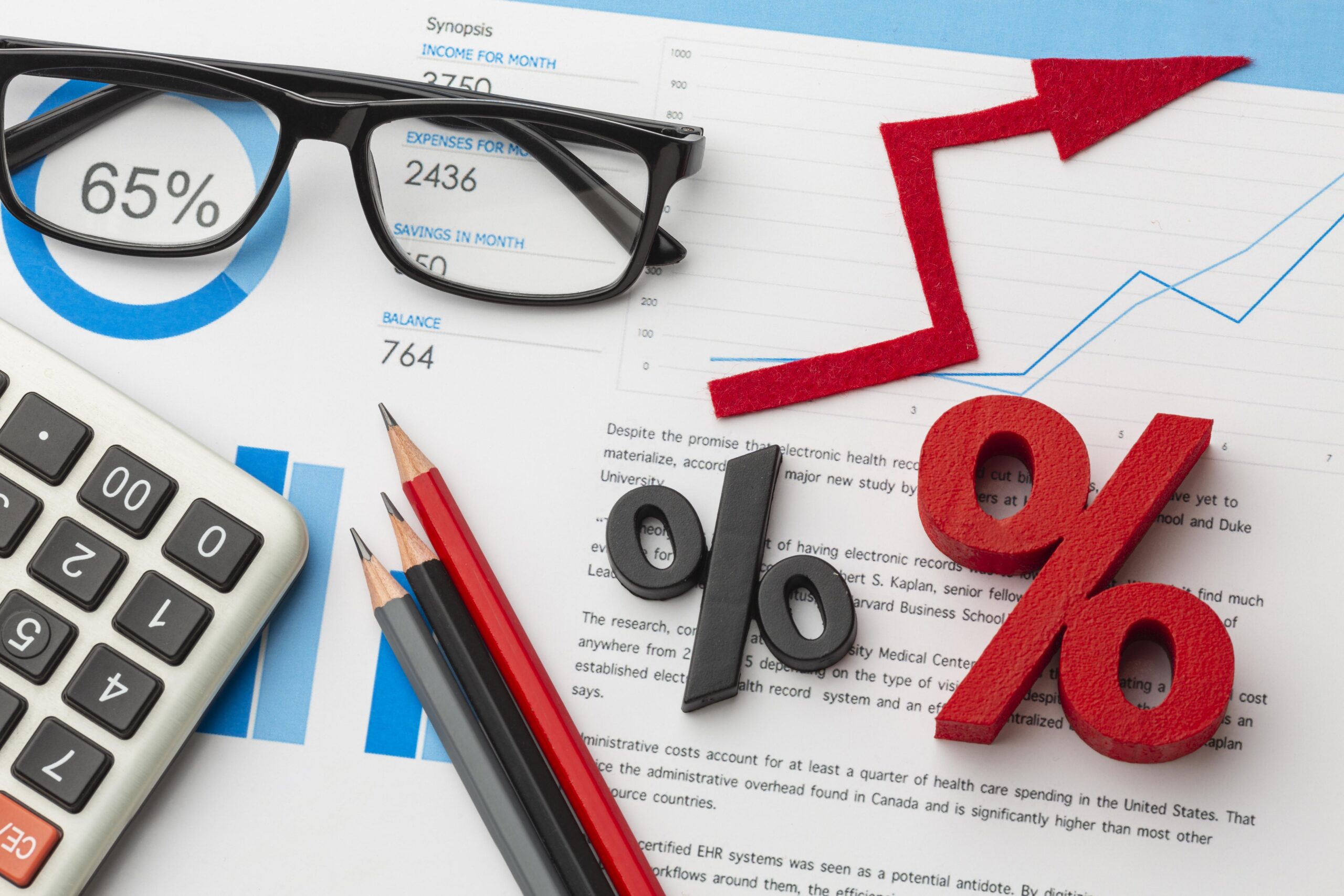What is Trading? A Beginner’s Guide to Financial Markets
Trading is one of the most exciting and dynamic ways to participate in the global economy. To begin with, whether you’re looking to grow your wealth, hedge against inflation, or simply learn a new skill, trading offers endless opportunities. More importantly, it provides a chance to capitalize on market movements and financial trends. But what exactly is trading, and how does it work? In this beginner’s guide, we’ll break down the basics of trading, explore the different financial markets, and provide you with the tools to get started on your trading journey.
What is Trading?
Simply put, trading is the act of buying and selling financial instruments with the goal of making a profit. These instruments can include shares, bonds, commodities, currencies, and more. Traders aim to capitalize on price movements, buying low and selling high (or selling high and buying low in the case of short selling).
In contrast, investing typically involves holding assets for the long term, whereas trading focuses on shorter timeframes. For instance, traders may hold positions for minutes, hours, days, or weeks, depending on their strategy and market conditions. As a result, this flexibility makes trading an attractive option for those looking to actively engage with the markets.
The Different Types of Financial Markets
Financial markets are the platforms where trading takes place. To better understand, let’s explore the most common ones:
1. Stock Market
The stock market is where shares of publicly traded companies are bought and sold. For example, when you buy a share, you own a small piece of that company. Share prices fluctuate based on company performance, economic conditions, and investor sentiment. That being said, positive earnings reports or news about a company’s growth can drive share prices up, while negative news can cause them to drop.
2. Forex Market
The foreign exchange (Forex) market is the largest and most liquid market in the world. It involves trading currencies, such as the US Dollar (USD), Euro (EUR), and Japanese Yen (JPY). Likewise, Forex traders profit from changes in exchange rates between currency pairs. Because of this, the Forex market operates 24 hours a day, offering unparalleled flexibility for traders around the globe.
3. Commodities Market
Commodities are raw materials or primary agricultural products that can be bought and sold, such as gold, oil, wheat, and coffee. For instance, traders in this market often use futures contracts to speculate on price movements. If you believe, for example, that the price of oil will rise due to geopolitical tensions, you might buy oil futures to capitalize on that trend.
4. Cryptocurrency Market
The cryptocurrency market is a relatively new but rapidly growing market. It involves digital currencies like Bitcoin (BTC), Ethereum (ETH), and thousands of altcoins. More importantly, crypto trading is known for its high volatility and 24/7 availability. On the flip side, while this market offers significant profit potential, it also comes with higher risks due to its unpredictable nature.
Key Trading Strategies for Beginners
If you’re just starting out, it’s important to begin with simple strategies and gradually build your skills. Here are a few popular strategies to consider:
1. Day Trading
Day traders open and close positions within the same day, avoiding overnight risk. As a result, this strategy requires quick decision-making and a solid understanding of technical analysis. It’s ideal for those who can dedicate time to monitor the markets throughout the day.
2. Swing Trading
Swing traders hold positions for several days or weeks, aiming to capture medium-term price movements. In contrast, this strategy is less time-intensive than day trading and is well-suited for those who prefer a more balanced approach.
3. Scalping
Scalping is a high-frequency trading strategy where traders make dozens or even hundreds of trades in a single day, aiming to profit from small price movements. That being said, while it can be lucrative, it requires precision and discipline.
4. Position Trading
Position trading is a long-term strategy where traders hold positions for weeks, months, or even years. More importantly, it’s similar to investing but with a focus on technical analysis. Ultimately, this approach is ideal for those who prefer a “set and forget” style of trading.
Risks and Rewards of Trading
Trading offers the potential for significant profits, but it also comes with risks. Here are some key points to consider:
Because of this, volatility can lead to both gains and losses.
More importantly, leverage amplifies both profits and losses.
As a result, emotional discipline is crucial to remain calm and stick to a trading strategy.
In conclusion, understanding risk and reward is crucial for long-term trading success. Always remember to trade only with money you can afford to lose.
Recommended Resources for Beginners
If you’re looking for additional guidance, there are plenty of resources to help you learn the basics of trading. We recommend checking out:
Babypips: A comprehensive resource for Forex education.
Investopedia: A trusted source for financial education and market insights.
Furthermore, if you’re looking to take your trading to the next level, we highly recommend our friends over at Trendsignal. More importantly, they offer an award-winning strategy with 1-to-1 coaching and live workshops designed to help you succeed in the markets.
Ready to Take the Next Step?
Now that you have a basic understanding, why not take it further? By attending this webinar, you’ll gain valuable insights from industry experts and discover proven strategies to boost your performance.
Click here to reserve your spot in the live webinar!
Final Thoughts
To sum up, trading is a journey, and like any skill, it takes time and practice to master. With that in mind, by starting with the basics and continuously educating yourself, you’ll be well on your way to becoming a successful trader.





0 Comments